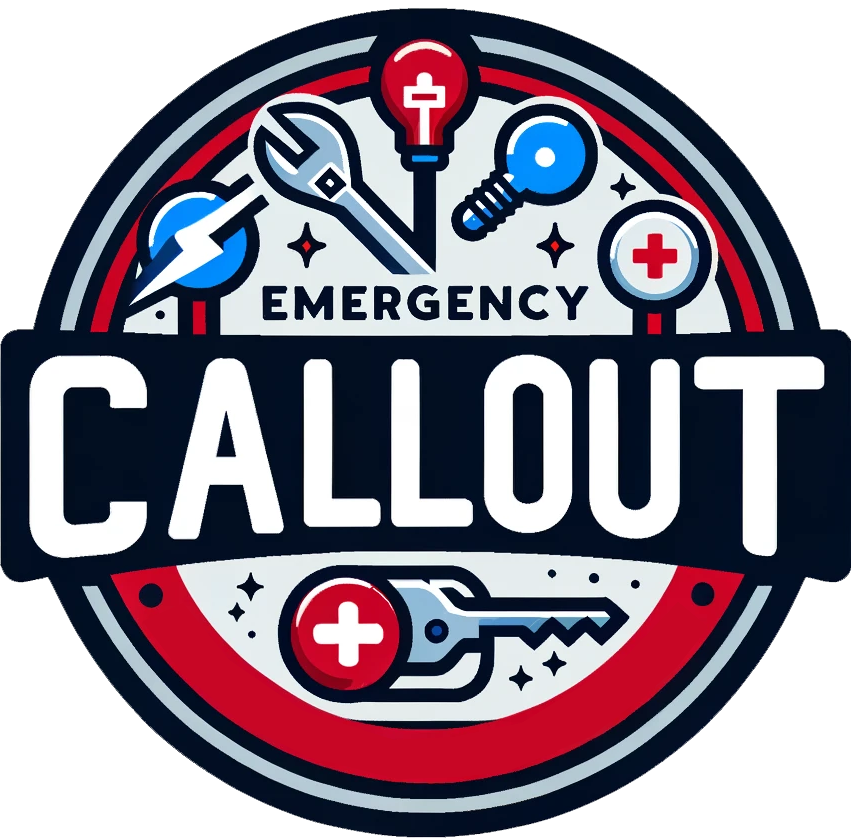Tracheostomy Emergency Algorithm in the UK: A Comprehensive Guide
Introduction
Tracheostomy is a surgical procedure that involves creating a hole in the neck and windpipe to help patients breathe when they are unable to do so through their mouth or nose. While tracheostomy can be a life-saving procedure, it comes with its own set of risks and complications. In emergency situations, it is crucial for healthcare professionals to have a clear understanding of the tracheostomy emergency algorithm to ensure the safety and well-being of tracheostomy patients. In the UK, there are specific guidelines and protocols in place to address tracheostomy emergencies, and this article provides a comprehensive overview of the tracheostomy emergency algorithm in the UK.
Understanding the Tracheostomy Emergency Algorithm
The tracheostomy emergency algorithm in the UK is designed to guide healthcare professionals in managing emergency situations involving tracheostomy patients. The algorithm is based on the principles of airway management, respiratory support, and prompt intervention to prevent complications and ensure the patient’s safety. It outlines a step-by-step approach to assessing and managing tracheostomy emergencies, taking into account the specific needs and challenges associated with tracheostomy care.
The tracheostomy emergency algorithm begins with the recognition of an emergency situation involving a tracheostomy patient. This may include signs of respiratory distress, airway obstruction, bleeding, or displacement of the tracheostomy tube. Once an emergency is identified, healthcare professionals are expected to follow a systematic approach to assess and manage the situation, ensuring that the patient receives appropriate care in a timely manner.
Key components of the tracheostomy emergency algorithm include:
1. Assessment of the patient’s airway, breathing, and circulation
2. Inspection of the tracheostomy site and tube for signs of obstruction, displacement, or bleeding
3. Prompt intervention to clear the airway, provide respiratory support, and address any complications
4. Communication with the tracheostomy team and other relevant healthcare professionals for collaborative decision-making and support
5. Documentation of the emergency situation, interventions provided, and the patient’s response to treatment
It is essential for healthcare professionals to be trained in tracheostomy care and familiar with the tracheostomy emergency algorithm to ensure effective management of tracheostomy emergencies.
Challenges and Considerations in Tracheostomy Emergency Management
Tracheostomy emergencies pose unique challenges for healthcare professionals, as they require specialized knowledge and skills to address the complexities of tracheostomy care. Some of the key challenges and considerations in tracheostomy emergency management in the UK include:
1. Limited expertise: Not all healthcare professionals are trained in tracheostomy care, and there may be a lack of expertise in managing tracheostomy emergencies in some clinical settings. This highlights the need for ongoing education and training to ensure that healthcare professionals are confident and competent in managing tracheostomy emergencies.
2. Equipment and resources: Tracheostomy emergencies require immediate access to specialized equipment and resources, such as suction devices, emergency airway kits, and backup tracheostomy tubes. Healthcare facilities need to ensure that these resources are readily available and well-maintained to facilitate prompt and effective management of tracheostomy emergencies.
3. Communication and collaboration: Tracheostomy emergencies often require interdisciplinary communication and collaboration between healthcare professionals, including nurses, respiratory therapists, otolaryngologists, and intensive care specialists. Effective communication and teamwork are essential for coordinating the delivery of care and optimizing patient outcomes in tracheostomy emergencies.
4. Patient and family involvement: Tracheostomy patients and their families play a crucial role in the management of tracheostomy emergencies. Healthcare professionals need to educate patients and their families on recognizing the signs of a tracheostomy emergency, as well as on the appropriate actions to take to seek help and ensure their safety.
The challenges and considerations in tracheostomy emergency management underscore the importance of a standardized approach, clear guidelines, and ongoing support for healthcare professionals to ensure the best possible care for tracheostomy patients in emergency situations.
Conclusion
Tracheostomy emergencies require a systematic and multidisciplinary approach to ensure the safety and well-being of tracheostomy patients. In the UK, the tracheostomy emergency algorithm provides a structured framework for healthcare professionals to assess and manage tracheostomy emergencies effectively. By following the guidelines and protocols outlined in the tracheostomy emergency algorithm, healthcare professionals can optimize patient outcomes and minimize the risk of complications in emergency situations involving tracheostomy patients.
It is essential for healthcare professionals to receive comprehensive training and ongoing support in tracheostomy care to ensure their readiness and competence in managing tracheostomy emergencies. By addressing the challenges and considerations associated with tracheostomy emergency management, healthcare facilities and professionals in the UK can enhance the quality of care and improve outcomes for tracheostomy patients in emergency situations.



